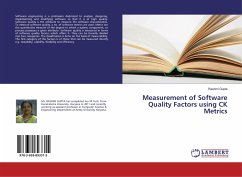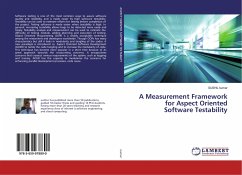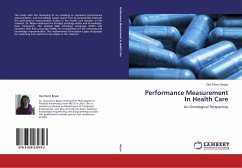Usability measurement has recently been the subject of many international standards, directives, and theoretical as well as empirical research. An analysis of existing models and standards shows us there is an extreme need for a consistent and comprehensive model for the usability/quality in use measurement; which includes factors, criteria, metrics descriptions and interpretations. In this book, a consolidated model referred as 'QUIM' (Quality in Use Integrated Measurement) is proposed to primarily address these issues by aggregating usability standards, metrics and methods from numerous sources in one centralized knowledge base. QUIM is a repository of 10 factors, 26 criteria, and 128 metrics for assessing usability/quality in use of software systems. Most of the existing usability models/standards may be seen as specific instances of the QUIM model. The underlying practical motivation for the development of QUIM is to make usability measurement practices and knowledge easily accessible to software developers unfamiliar with usability concepts. Therefore, the primary readers of this book are the software engineers interested in usability or users' perspective of software quality.
Bitte wählen Sie Ihr Anliegen aus.
Rechnungen
Retourenschein anfordern
Bestellstatus
Storno








